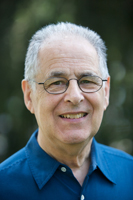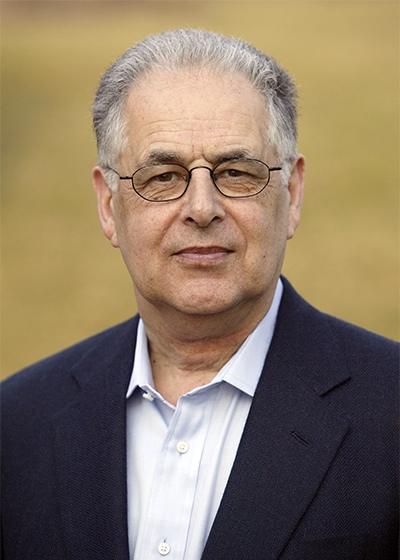Alexander G. Fraser, President and Chairman of the Board
 Alexander G. Fraser, known as "Sandy", established Fraser Research after his retirement from AT&T. As Vice President for Research, he founded AT&T Labs Research in 1996 when AT&T split off its equipment manufacturing business into Lucent Technologies. He was appointed AT&T Chief Scientist in 1998.
Alexander G. Fraser, known as "Sandy", established Fraser Research after his retirement from AT&T. As Vice President for Research, he founded AT&T Labs Research in 1996 when AT&T split off its equipment manufacturing business into Lucent Technologies. He was appointed AT&T Chief Scientist in 1998.
Sandy Fraser arrived at AT&T Bell Laboratories in 1969 and while there invented the DataKit Virtual Circuit Switch and the Spider ring network, both of which are cell-based networks that anticipated the development of Asynchronous Transfer Mode (ATM). He created the UNIX Circuit Design Aids System which automatically produced wire-wrap cicuit boards from schematic circuit diagrams. With S.C. Johnson, he developed a technique for computer instruction set optimization using a portable compiler and this led to the design of a reduced instruction set machine. With W.T. Marshall and G.G. Riddle, he invented the Universal Receiver Protocol. With C.R. Kalmanek and R.C. Restrick, he created INCON, a cell-based network which operated at 2 Mb/s on home telephone wire. In 1982 he became the director of the Computing Science Research Center and five years later, became the Executive Director responsible for the information sciences including mathematics, signal processing, computing and software production. In 1994 Sandy Fraser became Associate Vice President for Information Science Research where he focused on research initiatives including electronic commerce for digital audio, billing, broadband access and home networks.
Before joining Bell Labs, Sandy Fraser was Assistant Director of Research at Cambridge University where he wrote the file system for the Atlas 2 computer, England's first time-sharing system, and developed file back-up and privacy mechanisms for that system. Earlier work includes a language and compiler for commercial data processing written for the Ferranti Orion computer.
Sandy Fraser has a B.Sc. degree in Aeronautical Engineering from Bristol University and received his Ph.D. in Computing Science from Cambridge University. He is an IEEE Fellow, a member of ACM and was a Fellow and council member of the British Computer Society. He has served on various committees for these societies and for the National Research Council.
In 2001 Sandy Fraser received IEEE's Richard W. Hamming Medal "for pioneering contributions to the architecture of communication networks through the development of virtual circuit switching technology". In 2000 Sandy Fraser became an AT&T Fellow "for pioneering work and sustained leadership in the design and creation of large scale networks and their applications." In 1989 he received the Koji Kobayashi Computers and Communications Award "for contributions to computer communications and the invention of virtual-circuit switching". The 1992 Sigcomm Award was given to him for outstanding technical achievements in the fields of data and computer communications. In 2005 he was elected a member of the National Academy of Engineering for contributions to the development of packet-switched networks, including virtual circuit switching and flow control.
He has served on advisory boards for Columbia University, Rutgers University and the University of Texas.
He has 16 patents and 30 publications. For more details, please see his resume.
